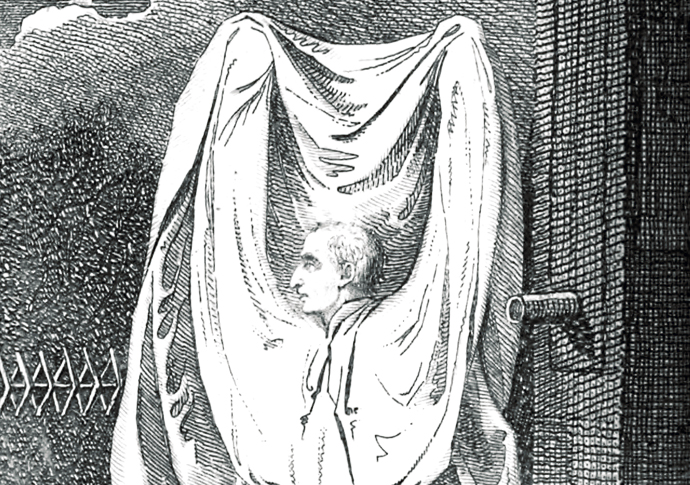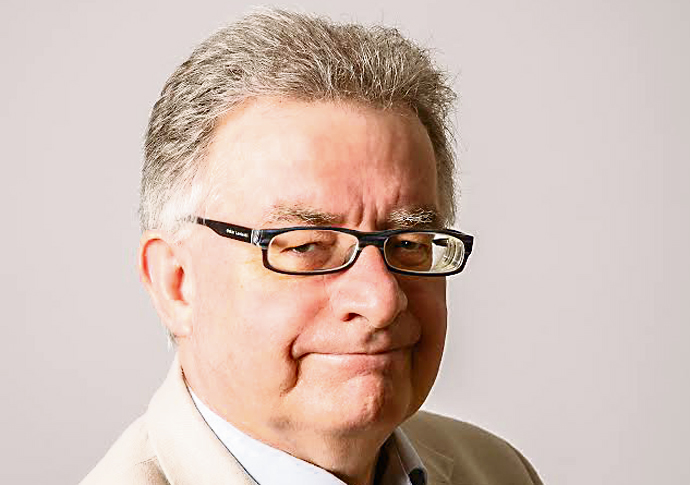That ghost… may be sleep paralysis
What if ‘spirits’ are really echoes of our own minds?
Friday, 31st October — By Tom Foot

An engraving of the ‘Hammersmith Ghost’ which appeared in Kirby’s Wonderful and Scientific Museum: Or Magazine of Remarkable Characters, Vol II, published in London in 1804 [Wikipedia image, detail, public domain]
IT’S a cold October morning, the air hums with flickering lights, whispering shadows, when you catch glimpse of a shadowy figure in the corner of the room, tantalisingly present, and yet somehow just out of sight.
Ghost tales have haunted human imagination for centuries. But what if those “spirits” are really echoes of our own minds?
Professor Chris French – who describes himself as a “rent-a-sceptic” and atheist – is one of the country’s top experts on why brains conjure the paranormal.
One of his central theories is that “sleep paralysis” that is, when you wake for a brief moment but the body cannot move, could be to blame.
“Basic sleep paralysis is surprisingly common,” he said
“It lasts a few seconds and then you snap out of it and you get on with your day.
“But it can also be associated with other symptoms that can be terrifying. You might hear voices, footsteps, mechanical sounds.
“You might see lights, dark shadows.
“You can open your eyes.
“You can’t move. Weird stuff might be happening. It might be old hags, or difficulty breathing, it could be a sense of being strangled.”
Professor French, who is the head of the Anomalistic Research Unit at Goldsmiths University and author of The Science of Weird Shit, gave talk to the Hampstead Scientific Society in Hampstead Community Centre last week.

Professor Chris French
He told the audience: “Our own research suggests that only a small minority of sufferers opt for a paranormal interpretation. Given the large number of sufferers, this amounts to many hundreds of thousands of people worldwide.”
Professor French spoke about another psychological phenomenon – pareidolia – a kind of optical illusion when people perceive meaningful patterns in randomness.
“For example faces, a lot in clouds, the wallpaper, stains on the floor, and bubbles in coffee cups,” he said.
What should you do if a close friend or family member become certain that they have seen a ghost?
“People can get very defensive, especially if you just say maybe you were just seeing things, or you are crazy,” he said.
Some sceptics will go in all guns blazing. But you need to approach people sensitively.
“One of the first things I think to do is to question if it is actually possible there really are spirits?
“Or some essence of us that survives bodily death? I am a sceptic and atheist. But I could be wrong. I think you have to consider whether it is necessary to take paranormal beliefs away from people?
“People who believe in life after death for example, is it really harmful that they think that? If your next door neighbour doesn’t think we landed on the Moon, does it really matter?”
The next free talk in support of the scientific society – which runs the Observatory – is by Sandro Olivo on X-rays on November 20.